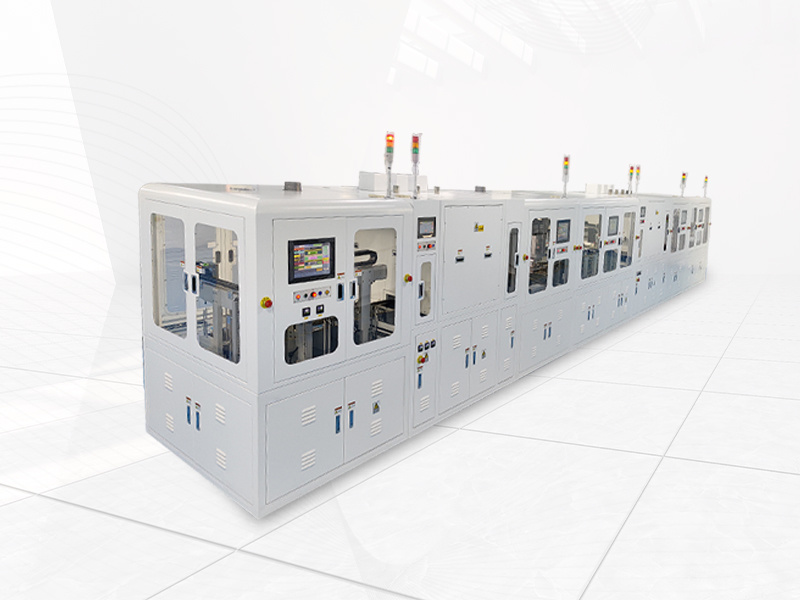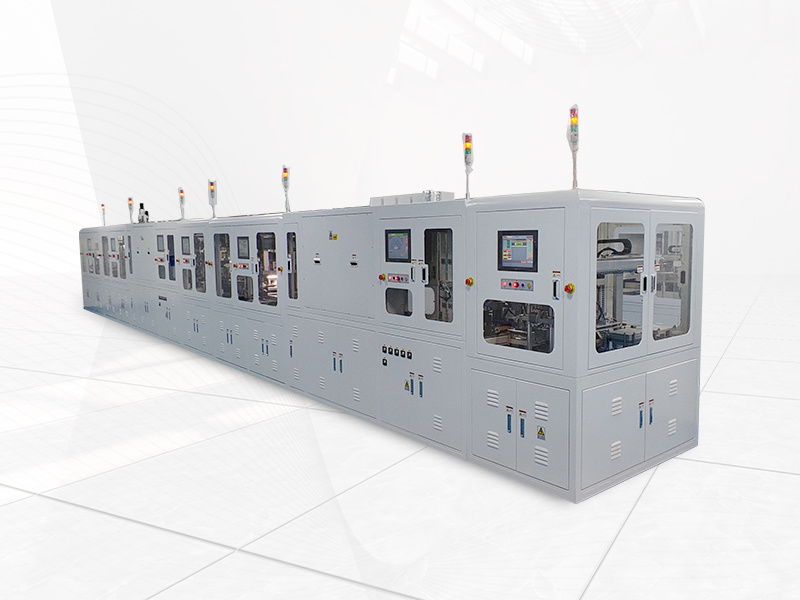Maximizing Output: Expert Strategies for Optimal Dipping Machine Performance
Release time:
Jun 06,2025
Maximizing Output: Expert Strategies for Optimal Dipping Machine Performance
Table of Contents
1. Understanding Dipping Machines
2. Importance of Optimizing Dipping Machine Performance
3. Key Components of Dipping Machines
3.1 Heating Systems
3.2 Dipping Tanks
3.3 Control Systems
4. Regular Maintenance Practices for Dipping Machines
4.1 Daily Checks
4.2 Weekly Maintenance
4.3 Annual Overhauls
5. Effective Operational Techniques
5.1 Optimal Dipping Speed
5.2 Proper Material Handling
5.3 Temperature Control
6. Utilizing Technology to Enhance Performance
6.1 Automation in Dipping Processes
6.2 Monitoring Systems for Real-Time Analysis
7. Troubleshooting Common Issues
8. Conclusion
9. Frequently Asked Questions (FAQs)
1. Understanding Dipping Machines
Dipping machines are crucial in various manufacturing processes, primarily involving the application of coatings, such as paints, varnishes, or other protective layers. These machines facilitate the immersion of components into a liquid solution, which can greatly enhance product quality and durability. Understanding how these machines function and their essential features is the first step toward optimizing their performance.
2. Importance of Optimizing Dipping Machine Performance
Optimizing the performance of dipping machines is vital for manufacturers looking to improve efficiency, reduce waste, and enhance product quality. Well-optimized machines can lead to significant cost savings and increased production output, ensuring that businesses remain competitive in the market.
3. Key Components of Dipping Machines
To effectively optimize a dipping machine, it is essential to understand its key components, as each plays a significant role in overall performance.
3.1 Heating Systems
Heating systems are critical for maintaining the appropriate temperature of the dipping solution. A stable temperature ensures consistent coating quality and improves drying times. Regular checks and calibrations of heating elements are necessary to maintain optimal performance.
3.2 Dipping Tanks
The dipping tank is where the actual immersion occurs. Proper sizing and regular cleaning of the tank prevent contamination and ensure that the liquid solution used is always in optimal condition. A well-maintained tank improves the quality of the dip and ensures uniform application.
3.3 Control Systems
Modern dipping machines often include sophisticated control systems to manage the dipping process. These systems can automate adjustments based on real-time data, ensuring that dipping parameters remain within specified limits. Understanding how to use these systems effectively can lead to improved performance.
4. Regular Maintenance Practices for Dipping Machines
Implementing a routine maintenance schedule is crucial for maximizing the longevity and efficiency of dipping machines.
4.1 Daily Checks
Every day, operators should inspect the machine for any signs of wear or malfunction. This includes checking fluid levels, examining seals, and ensuring that the heating elements are functioning correctly.
4.2 Weekly Maintenance
Weekly maintenance should involve cleaning the dipping tank, replacing any worn parts, and ensuring that all controls are calibrated and functioning properly. This proactive approach can help prevent larger issues from developing.
4.3 Annual Overhauls
Once a year, a comprehensive overhaul should be performed, including deep cleaning, replacing critical components, and checking all electrical and mechanical systems for wear and tear. This thorough evaluation can significantly enhance machine performance and reliability.
5. Effective Operational Techniques
Operational techniques can dramatically influence the performance of dipping machines and the quality of the final products.
5.1 Optimal Dipping Speed
Adjusting the dipping speed is a critical factor in achieving the best results. Too fast can lead to uneven coatings, while too slow may cause excess dripping and waste. Finding the sweet spot based on the material used and the desired coating thickness is essential.
5.2 Proper Material Handling
Handling materials correctly before the dipping process can minimize defects. Ensuring that surfaces are clean and free from contaminants improves adhesion and the overall quality of the applied coating.
5.3 Temperature Control
Maintaining the correct temperature is vital for the quality of the dip. A temperature that is too low can lead to poor adhesion, while a temperature that is too high can affect the coating properties. Regular monitoring ensures that the dipping solution remains within the optimal range.
6. Utilizing Technology to Enhance Performance
The integration of technology into dipping processes can yield significant performance improvements.
6.1 Automation in Dipping Processes
Automating the dipping process not only speeds up operations but also reduces human error. Programmable logic controllers (PLCs) can manage various parameters such as dipping time, speed, and temperature, ensuring consistency and reliability.
6.2 Monitoring Systems for Real-Time Analysis
Implementing real-time monitoring systems allows for immediate feedback on performance metrics. This enables operators to make necessary adjustments on the fly, preventing defects and ensuring optimal output.
7. Troubleshooting Common Issues
Despite all precautions, issues may still arise in the operation of dipping machines. Understanding common problems can aid in quick resolutions.
One frequent issue is inconsistent coating thickness, which can be caused by improper dipping speed or temperature fluctuations. Operators should regularly check these parameters to maintain quality. Another common challenge is equipment malfunction, often due to lack of maintenance. Regular inspections and timely replacements of worn parts can mitigate this risk.
8. Conclusion
Optimizing the performance of dipping machines is not only about understanding the equipment but also about implementing best practices in maintenance, operation, and technology integration. By focusing on these areas, manufacturers can enhance output, improve product quality, and ultimately achieve a significant competitive advantage in their industry. Embracing continuous improvement and being proactive in addressing potential issues will ensure that your dipping machine operates at its peak performance, driving efficiency and profitability.
9. Frequently Asked Questions (FAQs)
1. What is the ideal temperature for dipping solutions?
The ideal temperature varies depending on the material being coated, but generally, maintaining between 20°C to 30°C is effective for most applications.
2. How often should I clean my dipping tank?
It's recommended to clean the dipping tank daily to prevent contamination and ensure a consistent coating quality.
3. What are some signs that my dipping machine needs maintenance?
Signs include unusual noises, inconsistent coating thickness, or mechanical failure. Regular checks can help identify these issues early.
4. Can automation help reduce labor costs in dipping processes?
Yes, automation can significantly reduce labor costs by minimizing human error and speeding up production processes.
5. What materials can be used in dipping processes?
Common materials include paints, lacquers, varnishes, and various protective coatings, each requiring specific parameters for optimal results.
By following the strategies outlined in this article, manufacturers can maximize the output of their dipping machines and ensure consistent product quality, paving the way for success in the market.









